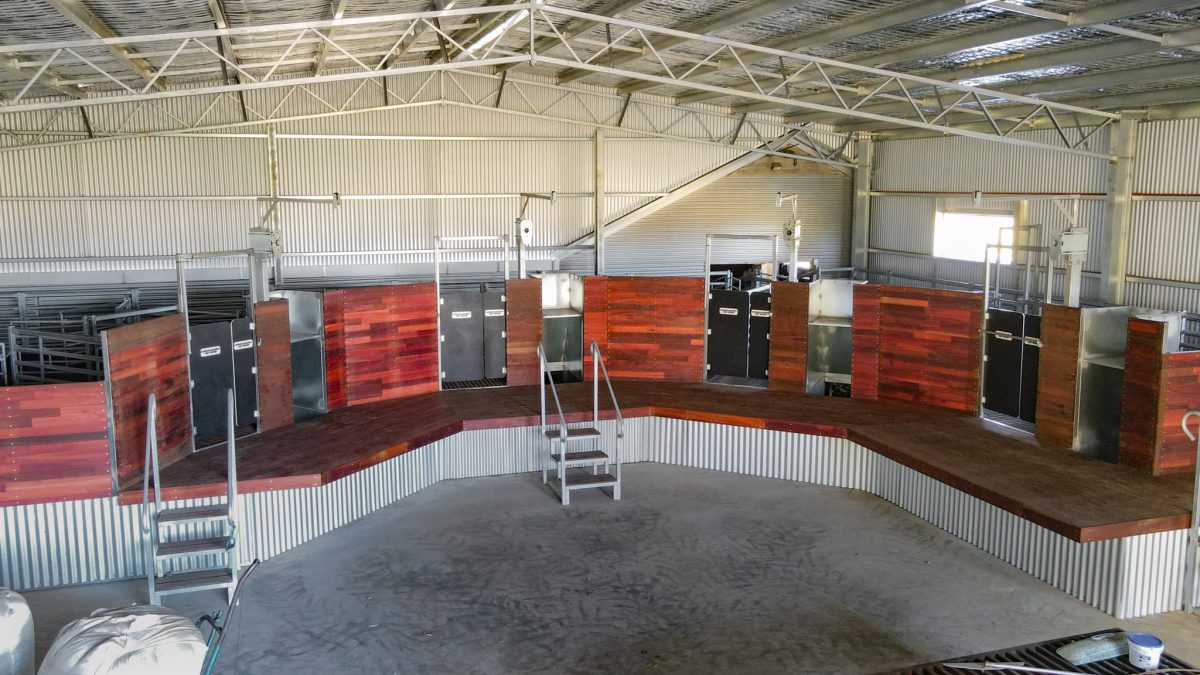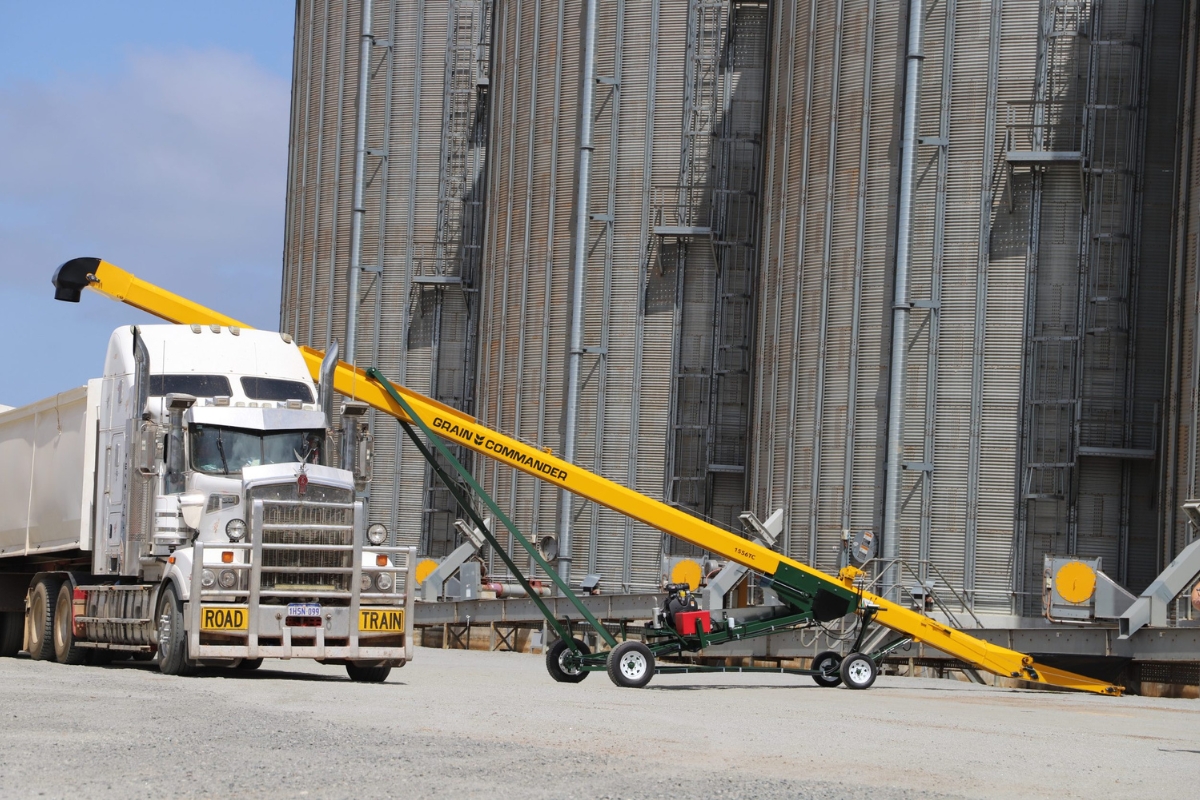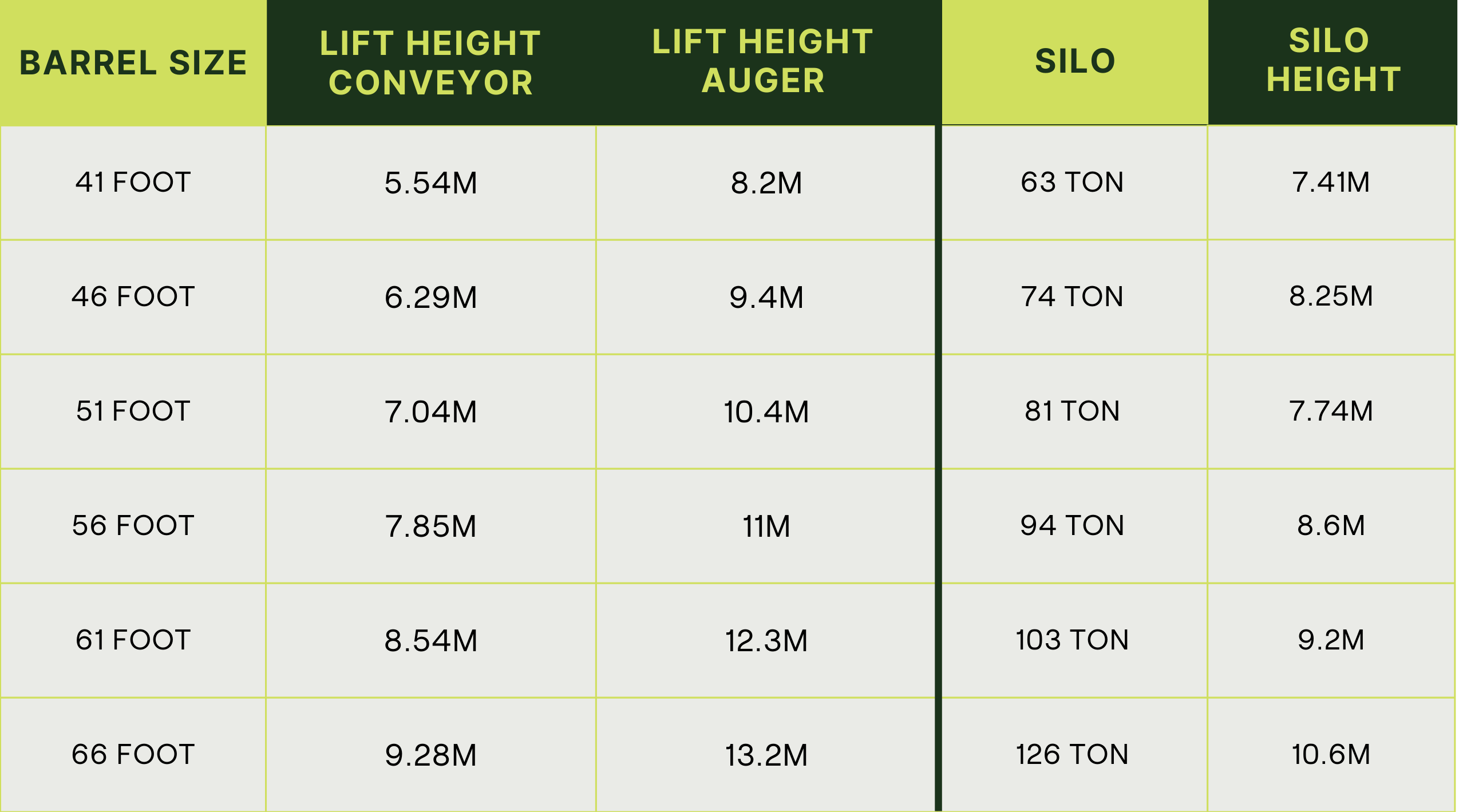The Advantages of Curved Board Shearing Shed Fitouts vs. Straight Board Fitouts
When it comes to designing an efficient and effective shearing shed, every detail matters. At Commander Agriculture, we understand the importance of choosing the right fitout to enhance productivity and worker satisfaction. That’s why we design, manufacture, and install custom Australian-made shearing shed fitouts tailored to your needs. One key consideration in any shearing shed setup is whether to opt for curved board or straight board configurations. While both have their merits, curved board fitouts offer distinct advantages that make them a superior choice for many operations—but not all.

Front Fill Catching Pens: Easier to Fill with Sheep
One of the standout features of curved board fitouts is the use of front fill catching pens. Unlike traditional straight board layouts, these pens are designed to funnel sheep naturally toward the shearer. The curved design encourages a smoother flow of sheep into the pens, minimizing stress on both animals and handlers. This streamlined movement reduces the time and effort required to load sheep into the pens, allowing for a more efficient shearing process.
Improved Workflow for Roustabouts: Less Walking
Curved board fitouts also offer significant ergonomic advantages for roustabouts. The curved layout minimizes the distance between workstations, reducing the amount of walking required to collect wool and perform other tasks. This not only speeds up the wool handling process but also reduces physical strain on workers. By optimizing the layout for ease of movement, curved board fitouts help to create a more productive and comfortable working environment.
Enhanced Sheep Movement and Safety
The natural flow of a curved board design is not just beneficial for catching pens—it also improves overall sheep movement throughout the shed. The curved layout aligns better with the animals’ natural tendencies, reducing balking and stress. This ensures a safer handling process, which is often the purpose of a new shearing shed investment.
Maximized Space Utilization in Larger Sheds
Curved board fitouts make better use of available shed space compared to straight board configurations, especially in larger sheds. The rounded layout allows for more efficient placement of pens, shearing stations, and walkways, ensuring that every square meter of your shed is used effectively. However, in smaller sheds, straight board setups are often the more efficient choice, as they can maximize limited space and provide a practical, streamlined solution.
Better Visibility and Communication
The curved design often allows shearers and roustabouts to maintain better visibility of each other and the pens. This improved line of sight enhances communication and coordination, which are critical for a smooth and efficient shearing process. With fewer obstructions and a more open layout, curved board fitouts promote a collaborative working environment.
Additional Configurations for Versatility
At Commander Agriculture, we also offer lane-way front fill catching pens as part of straight board configurations. These designs are ideal for operations looking for a compact solution, as they help streamline sheep movement while typically having a smaller capacity. For those seeking alternative curved configurations, we can implement the curved AWI design or even an L-shaped board configuration. These options provide flexibility to suit the unique requirements of your operation while maintaining efficiency and ease of use.

Why Choose Commander Agriculture for Your Shearing Shed Fitout?
At Commander Agriculture, we pride ourselves on delivering custom-designed, Australian-made shearing shed fitouts that meet the unique needs of each operation. Our curved board designs are crafted with input from industry professionals, ensuring they address real-world challenges and deliver tangible benefits.
By choosing a curved board fitout, you’re investing in a solution that prioritizes efficiency, safety, and comfort for both workers and livestock. Whether you’re building a new shed or upgrading an existing one, our team is here to help you make the right choice for your operation.
Get in Touch
Ready to transform your shearing shed with a custom fitout? Contact Commander Agriculture today to learn more about our design, manufacturing, and installation services. Let us help you take your shearing operation to the next level!


















 1800 655 033
1800 655 033 sales@commanderagquip.coma.au
sales@commanderagquip.coma.au




